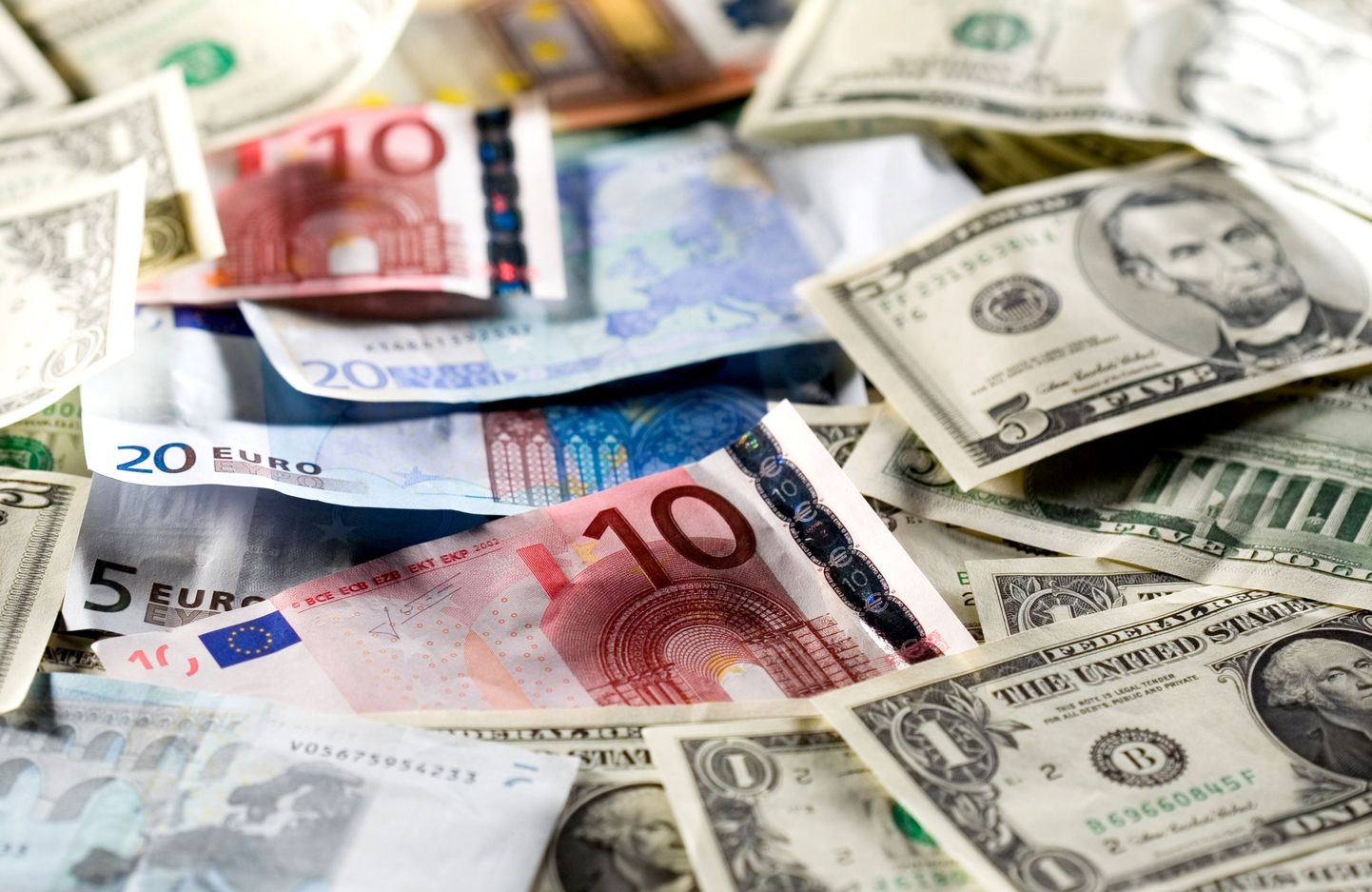
Despite healthy state finances, the well- (not to say over-) capitalised commercial banks and safe levels of loan/deposit ratio in banks, companies invest too little – over time, a possible break on economic growth.

Despite healthy state finances, the well- (not to say over-) capitalised commercial banks and safe levels of loan/deposit ratio in banks, companies invest too little – over time, a possible break on economic growth.
«Loans/deposits ratio has sunk to a level dangerously safe and secure,» said Danske Bank’s Estonian branch CEO Aivar Rehe , at a recent FinanceEstonia forum, promising tough competition on loan conditions market for next year and 2015. «Competition will intensify,» he added.
Eesti Pank chiefs agree: enterprises invest too little. «Investments activity of enterprises is underperforming,» central bank vice president Ülo Kaasik said at the same forum.
In its fresh economic growth commentary, published on Thursday, Eesti Pank wrote that, on the Estonian loan market, interest rates have stayed low and bank loans accessibility is good; even so, capital investment into fixed assets has halted, in 2013.
Aim at added value
The main reason here is that enterprises have little need to invest as the existing production resources are underused. Recovery of export markets recover ought to encourage enterprises to increase investment in fixed assets. Expansion of production capital and improvement of employee capitalisation helps sustain competitiveness and increase production volumes even with working-age population shrinks and labour costs rapidly rise.
«Low investment activity would endanger enterprises’ prospects of development, as well as sustainability of economic growth,» stresses the central bank.
Mr Rehe agrees: to enhance economic growth, investments need to increase. «For a long time, we haven’t seen any investments into factories,» he said, explaining that former investments are being used to the max. «We cannot remain a zero-point-economy,» warned the banker.
According to Nordea Estonia chief economist Tõnu Palm, Estonian ought not to rest on its laurels even though, compared to eurozone average, it has done better – especially with investments. «As compared to eurozone, Estonian enterprises have invested well, including into machines and equipment which helps raise productivity,» said he. «This has to be followed up by investments into human capital.»
According to Mr Palm, the danger lurks not in overall investments level in the economy – being about 25 per cent of gross domestic product; rather, the risk lies in the low level of investments allowing high productivity and export income. «Investments into processing industry geared towards exports have been cautious,» he said.
Wanted: fresh ideas
Eesti Pank economic policy and forecasts chief Rasmus Kattai says things aren’t too bad, signs pointing towards improvement.
«We can’t quite say that companies are unwilling to invest; rather, lately it has been the issue of feasibility if investments,» said Mr Kattai. «This year’s low investment activity may be considered [to be] normal and in line with economic conditions. The reason being: buildings, equipment and other fixed assets acquired earlier have been underused and, under such circumstances, enterprises lack the motive and the need to acquire additional means of production.»
As also stated by Mr Rehe, of Danske Bank: everything is, currently, being squeezed out of earlier investments. As revealed by fresh enterprise statistics by Statistical Office, company investments gained new momentum in third quarter already, capital investments exceeding the 14 per cent of 2012. Even so, increase of investments came from energy sector – the remaining areas of activity playing no role in growth of investments.
«Still, the deep decline of other areas in second quarter did turn into a close-to-zero growth, pointing to more broad-based investments growth in quarters to come,» said Mr Kattai.
According to Mr Palm, investments growth basically boils down to confidence, recovery of export markets, and also new ideas which would support the move towards knowledge-based economy with higher added value.
«Partly, the modest investment volumes in processing industry are caused by slower turnover growth and [cautious] outlook on export markets. Lately, the more forceful investments have come in energy sector and agriculture,» he said.
«Definitely, it is also an issue of the lack of new workable ideas and the scarcity of large-scale foreign investments. Large investors like ABB and Ericsson would also trigger investments growth by other enterprises,» added Mr Palm.